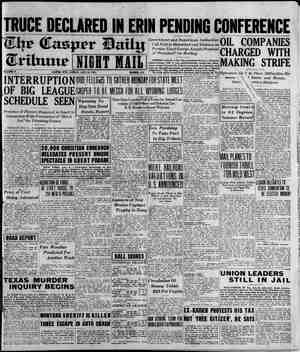Evening Star Newspaper, July 10, 1921, Page 66
You have reached the hourly page view limit. Unlock higher limit to our entire archive!
Subscribers enjoy higher page view limit, downloads, and exclusive features.
8 THE SUNDAY STAR, WASHINGTON, D. C.—ROTOGRAVURE SECTION—JULY 10, 1921. A Page of Brownies All of these pictures were made on Kodak film with a two-dollar Brownie camera. Made with a No. 0 Brownie camera with the aid of a 75 cent Kodak Portrait Attachment. Showing the original No. 0 Brownie size and an enlargement from the same negative. Negatives made with this camera are of such guality that enlargements can easily be made up to this size (Post card size). The price of such enlargements is fiflcen cents. A story that never grows old is the picture story of #he chiidren—your children. To-day it is filled with the charm of intimate human interest. To-morrow, when the children have out- grown childhood, it holds you fast—brings back again and again, as you pore over the pages of your snap-shot album, the vivid story of the children as they were. And picture taking is very simple with a Brownie camera. The No. 0 Brownie, with which these pictures were made, loads in daylight with Kodak film cartridges for eight exposures 154 x 2% inches. It has a fixed focus, a rotary shutter for snap-shots or time exposures and two finders, one for upright and one for horizontal pictures. It’s a sturdy little camera, well finished and the films cost (including war tax) but 25 cents for eight exposures. Let your dealer show you how easy it is to have pictures of the children and by the children— natural, informal snap-shots of the youngsters just as they are—pictures that cost but a few IO g . . . were made. The price of the No 0 Browne. in- cents each, yet are a delight to-day, and to-morrow will fill a priceless album. cluding the war tax, is now o dollars. EASTMAN KODAK COMPANY ROCHESTER, N. Y., The Kodak City 3% & Ry AP EIe ALCO-GRAVURE. INC., NEW YORK. BALTIMORE. ST. LOUIS

